Almalinux vs Rocky Linux: Best CentOS replacement in 2024
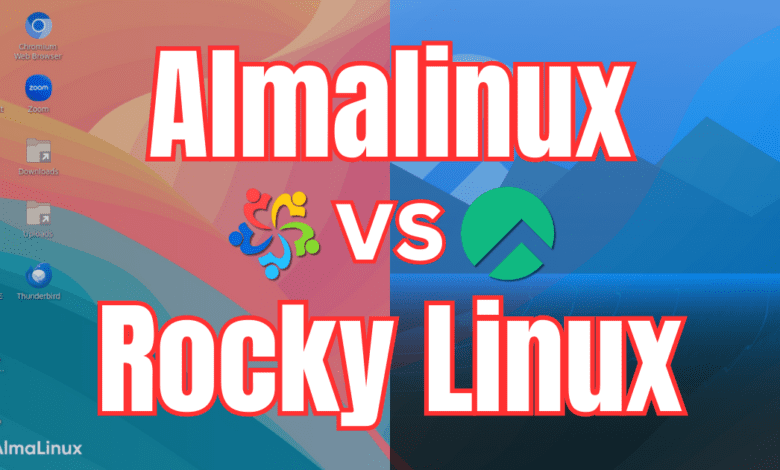
If you are looking to replace RHEL with another distribution, there are two that comes to mind. These are Almalinux and Rocky Linux. Both were designed for 1-to-1 compatibility with RHEL. However, which one is the best choice? In this article, let’s look at Almalinux vs Rocky Linux, the differences between the two, and which one you should choose as a RHEL replacement.
Table of contents
What happened with CentOS?
CentOS Linux was originally an open source Linux OS, community-supported distribution that aimed to be a 1 to 1 functional distro with RHEL, providing a free alternative by rebuilding RHEL’s source code.
However, the direction for CentOS shifted with the introduction of CentOS Stream, which became a rolling release distribution. It now serves as an upstream (development) branch (upstream kernel version) for RHEL. This change was not well-received by users and businesses who relied on CentOS as a stable and predictable OS that was a downstream, production-ready version of RHEL.
Rocky Linux
With the change in CentOS this has opened up the chance for other distros like AlmaLinux and Rocky Linux. Both of these are popular and are open source and can help to take the place of the traditional CentOS, by being binary compatible with RHEL. This helps to give a platform for things designed for RHEL.
Rocky Linux was founded by Gregory Kurtzer, and he is one of the original developers of CentOS. He wanted to continue having a stable, free, and enterprise-ready operating system that is close with RHEL’s releases.
Almalinux
AlmaLinux is developed by CloudLinux, Inc., and aims to provide a community-driven and supported, enterprise-grade Linux distribution. It is also binary compatible with RHEL. AlmaLinux had the goal similar to Rocky Linux’s, aiming for 1-to-1 compatibility with RHEL, but it has a little bit different focus towards being Application Binary Interface (ABI)-compatible and uses CentOS stream.
Both AlmaLinux and Rocky Linux offer long-term support, regular updates, and focus on security and stability, aligning them with enterprise requirements. They support the same architectures as RHEL and have similar security and update mechanisms.
RedHat restricts access to source code
But wait what about Red Hat restricting access to source code? Red Hat’s decision to restrict access to RHEL source code means things will also be different for both AlmaLinux and Rocky Linux.
AlmaLinux has shifted its focus away from striving to be a one-to-one, bug-for-bug compatible clone of RHEL. It now has switched to the aim of maintaining Application Binary Interface (ABI) compatibility with RHEL. It is using CentOS Stream’s source code, which is code that Red Hat continues to make publicly available.
Rocky Linux is still trying to offer a RHEL-compatible operating system even with the changes. They are working on a long-term plan even with the changes to continue supporting Rocky Linux users.
Server or Desktop?
You can run Almalinux or Rocky Linux as either a server or desktop. They are both designed to be Enterprise linux distributions that focus on stability, security, and performance that are primarily targeted as a server OS.
This doesn’t prevent you from using either Almalinux or Rocky Linux as a desktop Linux operating system. Take a look at the Rocky Linux desktop environment pictured below:
Below is a look at Almalinux running as a desktop operating system:
Almalinux vs Rocky Linux: Package management
In managing packages, both distributions try to be as close to Red Hat Enterprise Linux (RHEL) as possible. This aspect that we can look at means that their package management systems are designed to be like that of RHEL.
Package Management System
Both AlmaLinux and Rocky Linux utilize the dnf package manager, which is the default package manager for RHEL 8 and later versions. dnf stands for Dandified YUM, which is the next-generation version of YUM (Yellowdog Updater, Modified).
It offers several improvements over YUM, such as better dependency management, faster operation, and support for modular content. This means that both AlmaLinux and Rocky Linux benefit from these improvements, providing a robust and efficient package management experience.
Repositories
Since AlmaLinux and Rocky Linux are binary-compatible with RHEL, they use repositories that closely mirror those available in RHEL. This includes BaseOS for the base operating system packages, AppStream for application streams, and Extras for additional packages not included in RHEL. Both distributions aim to offer a 1:1 compatibility with RHEL, so their repositories are structured to ensure users can find and install packages with the same level of confidence and stability they would expect from RHEL.
Package Availability and Updates
AlmaLinux and Rocky Linux strive to release package updates and security patches with minimal delay from their availability in RHEL. This is crucial for maintaining system security and stability. Both distributions have committed to providing timely updates, leveraging their close alignment with RHEL’s package ecosystem. Users of either distribution can expect regular and reliable updates for their installed packages.
Custom Repositories
Both AlmaLinux and Rocky Linux give users the chance to use custom repositories, and lets you use the installation of software packages that may not be available in the official repositories. This flexibility is valuable for users who need to install specific versions of software or access packages provided by third-party repositories.
Management Tools
AlmaLinux and Rocky Linux use dnf. You can also use the GUI for package management, with tools like GNOME Software, and is also available on both distributions.
Choosing Based on Security
For organizations that want compliance with CIS benchmarks and the use of OpenSCAP for vulnerability management, AlmaLinux may be the one with a slight edge. Those who want SELinux’s security architecture and the additional security of Secure Boot might lean towards Rocky Linux.
Ultimately, both are secure, enterprise-grade Linux environment with regular updates and a strong community focus, making them both solid choices for replacing CentOS or deploying new Linux-based systems in security-conscious environments.
Development release cycle comparison
Both Rocky Linux and Almalinux provide stable and secure Linux distributions that are compatible with RHEL, making them both good replacements for CentOS. Their development and release cycles are designed to closely line up with RHEL’s. This helps to make sure users and enterprises have access to a reliable and predictable platform for their infrastructure, much like CentOS used to be.
AlmaLinux Development and Release Cycle
AlmaLinux is managed and released by the AlmaLinux OS Foundation, with CloudLinux Inc. being a significant sponsor. Its development cycle aims to closely follow RHEL’s release cycle, providing users with a free, enterprise-grade operating system that is binary-compatible with RHEL. AlmaLinux releases new major versions shortly after RHEL releases its versions, ensuring users have access to the latest features and security enhancements.
The project commits to regular updates and patches for each release. It also maintains each version for up to 10 years. This long-term support (LTS) model is crucial for enterprise environments needing stability and long-term support for planning and operational continuity.
For more detailed information on AlmaLinux’s development practices and release cycle, visit their official website: AlmaLinux.
Rocky Linux Development and Release Cycle
Rocky Linux is developed by the Rocky Enterprise Software Foundation (RESF) and aims to be a community-driven effort to provide an enterprise-ready operating system that is bug-for-bug compatible with RHEL. Gregory Kurtzer, the founder of CentOS, initiated Rocky Linux with the goal of creating an alternative for those affected by the shift in CentOS’s development model.
Rocky Linux’s release cycle is designed to closely mirror that of RHEL, with efforts to release new versions or security updates shortly after they are available upstream. The project emphasizes quality and reliability, incorporating extensive testing phases before releasing any new version to ensure compatibility and stability.
Rocky Linux also promises long-term support for its releases, aligning with the industry’s expectation for enterprise Linux distributions. This includes regular security updates and patches to ensure systems remain secure and efficient over their lifecycle.
For more information on Rocky Linux’s development process and release strategy, visit their official site: Rocky Linux.
Compatibility and Support
Both AlmaLinux and Rocky Linux offer extensive documentation and community support to assist users in migration, configuration, and troubleshooting. With RHEL source code compatibility, both ensure that software packages and environments run as expected on both distributions, with only minor adjustments needed in most cases. This compatibility is important for migrating from CentOS or RHEL with minimal changes and disruptions.
What are others using?
Just taking a quick look at Reddit, it seems like most favored Almalinux over Rocky Linux from what I could see in user feedback. Note the following reasons I picked out from some of the discussions there:
- Alma is a not-for-profit supported by the Cloudlinux organization for funding and has its own board.
- Some have found the community to be smaller with Alma but friendlier and more helpful
- Alma is quicker with point release, and has a strong community
- Some have seen that Alma is what their VPS’s have had templates for
- Alma supports Docker on Proxmox and Rocky does not
- CERN is using Almalinux
Wrapping up Almalinux vs Rocky Linux
Both Alma Linux and Rocky Linux are great open-source distributions that can give you enterprise-grade stability, security, and reliability. AlmaLinux and Rocky Linux will be the distributions that most will use with CentOS going away and even with the changes with Red Hat Linux licensing.




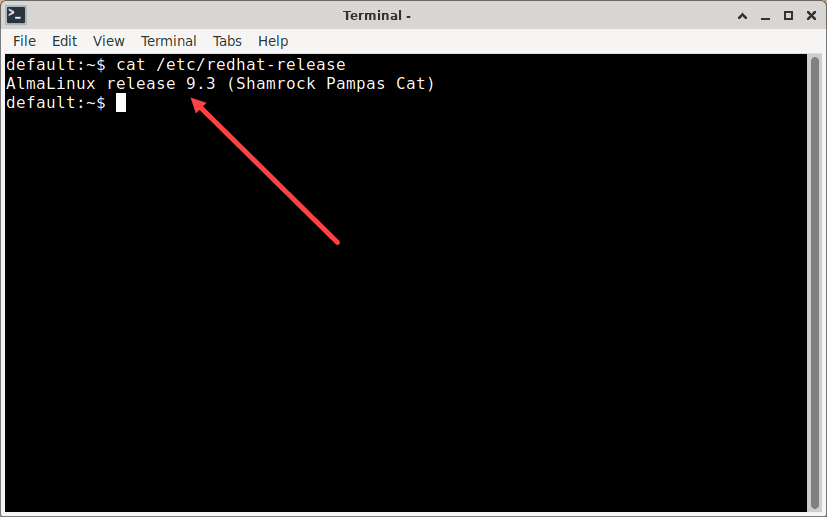
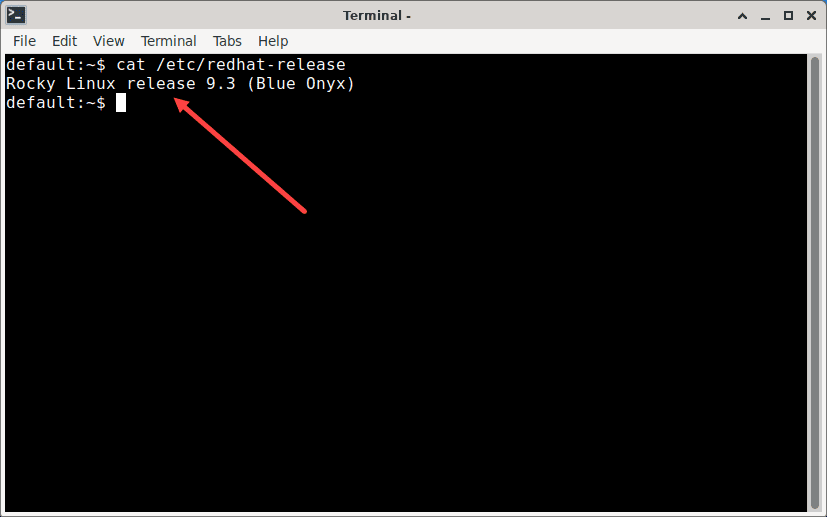


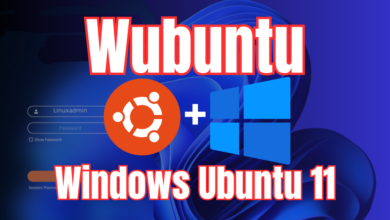
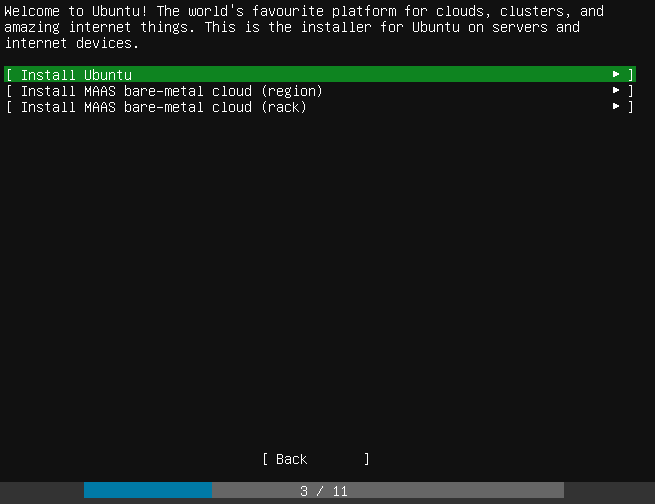
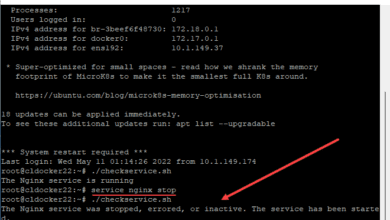


I use AlmaLinux 9.3 with Gnome for my desktop PC (> 5 years old). The installation and adding the extra EPEL repositories was easy. Daily experience is flawless. I run Fedora 39 on my laptop (newer hardware).
MattE,
Thanks for the comment! Awesome insights on what you are using. Good to hear on the good experience with your daily driver.
Brandon